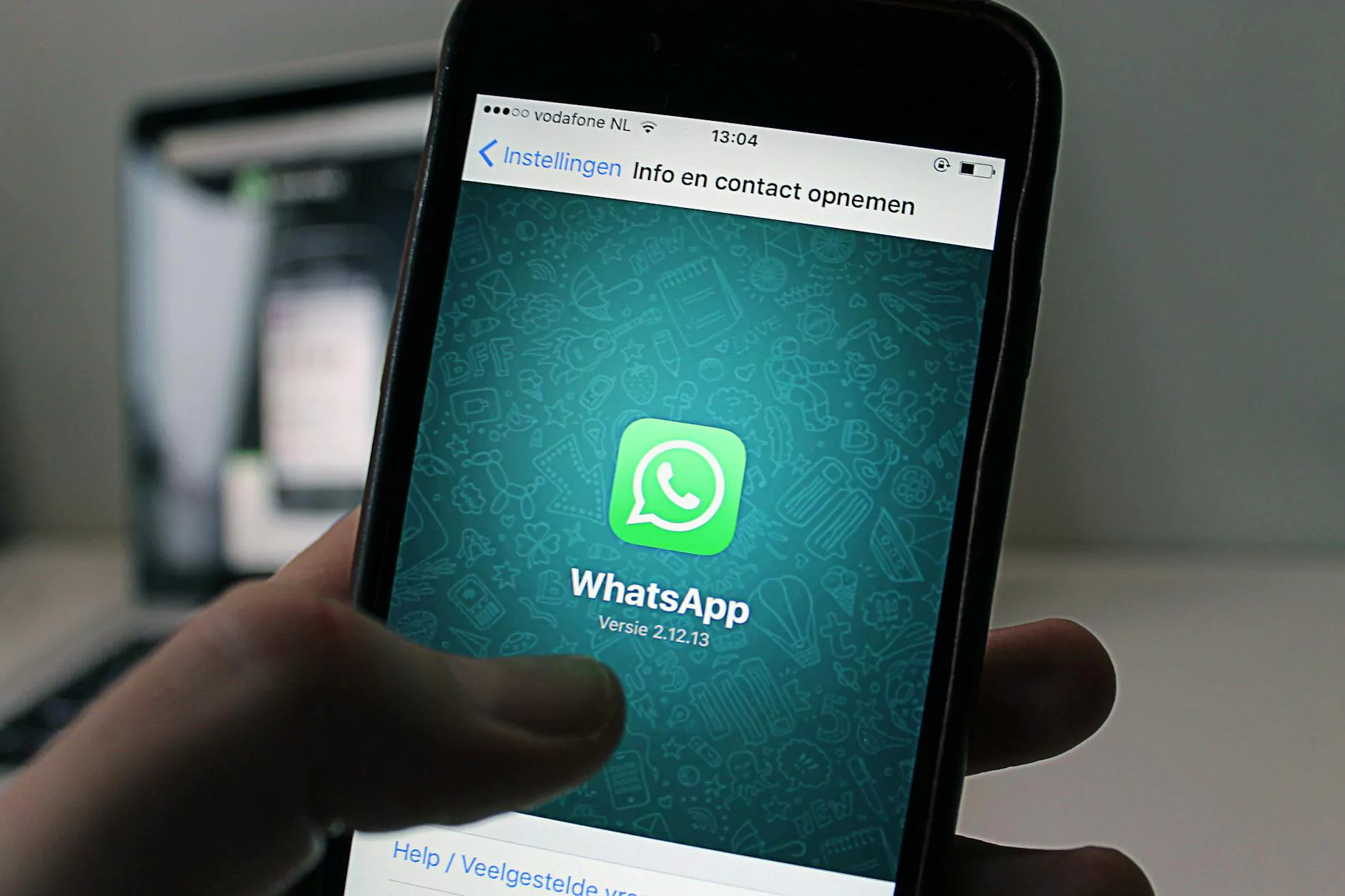How to Create a Chat App: A Comprehensive Guide

In today's digital age, communication has evolved dramatically. Creating a chat app not only connects people but also opens up a wealth of business opportunities. Whether for personal use or as part of a broader software development business, developing a chat application can be highly rewarding. This guide will walk you through the essential steps of how to create a chat app, including planning, designing, and deploying your application effectively.
Understanding the Market and Audience
Before diving into the technical aspects of how to create a chat app, it's important to understand your target audience and market. Consider the following:
- Identify your audience: Understand who your users will be. Are they businesses, casual users, or communities?
- Research competitors: Analyze existing chat apps to identify features and gaps you can exploit.
- Define your unique value proposition: What will make your chat app stand out from the rest?
Planning Your Chat App
Planning is critical in the development process. Here’s how to start:
- Define the features: Determine the essential features your app will include, such as:
- Real-time messaging
- User authentication
- Group chats
- File sharing
- Voice and video calls
- Push notifications
- Choose the platform: Decide whether your chat app will be mobile-only (iOS/Android) or also available on the web.
- Establish a technology stack: Select the appropriate technologies for your app. Common choices include:
- Frontend: React Native or Flutter for mobile, React.js for web.
- Backend: Node.js with Express, or Python with Django.
- Database: Firebase, MongoDB, or PostgreSQL.
- Real-time messaging: WebSockets or Socket.IO.
Designing Your Chat App
User experience (UX) and user interface (UI) are paramount in the success of any app. Begin designing your app with the following considerations:
- Wireframes: Create wireframes to visualize the layout and flow of your app.
- Prototypes: Develop clickable prototypes to test the usability of your design.
- Design guidelines: Follow platform-specific design guidelines (Material Design for Android, Human Interface Guidelines for iOS).
Development Process
With a solid plan and design in place, it’s time to begin the development process. Here’s a detailed breakdown:
1. Setting Up Your Development Environment
Before coding, you need to set up your development environment effectively. Install:
- Node.js & npm (Node Package Manager)
- Your selected backend framework (e.g., Express)
- Database software or connect to a cloud database (e.g., Firebase)
- Frontend libraries/frameworks (React/React Native or Flutter)
2. Building the Backend
The backend is crucial, as it handles data management and connectivity:
- Create user authentication: Implement signup and login functionalities. Use libraries like Passport.js or JWT.
- Set up real-time messaging: Use WebSockets for real-time communication. Implement message storage in your database.
- Establish APIs: Build RESTful APIs that will allow the frontend to communicate with the backend.
3. Developing the Frontend
The frontend is what users interact with, so design it to be intuitive:
- Create components: Develop reusable UI components for chat messages, user lists, and chat windows.
- Manage state: Use state management libraries like Redux (for React) to manage the app state effectively.
- Integrate API calls: Ensure your frontend communicates seamlessly with the backend APIs.
4. Testing Your Application
Testing is a crucial phase in the development of your chat app. Focus on:
- Unit testing: Test individual components and functions.
- Integration testing: Ensure different modules work together perfectly.
- User acceptance testing: Get feedback from real users to refine the user experience.
Deployment and Launch
Once your chat app is fully developed and tested, it’s time to deploy:
- Select a hosting service: Choose a reliable cloud hosting service like AWS, Heroku, or DigitalOcean.
- Set up your domain: Purchase and link a domain name for your chat app.
- Monitor performance: Use analytics tools to monitor user engagement and performance metrics.
Post-Launch: Marketing Your Chat App
After launching your chat app, effective marketing strategies are essential for attracting users:
- Social media marketing: Use platforms like Facebook, Twitter, and Instagram to promote your app.
- SEO optimization: Make your app discoverable by optimizing the content for search engines.
- Content marketing: Create helpful and informative content related to your app's features and use cases.
Maintaining and Updating Your Chat App
Launching your app is just the beginning. Regular maintenance and updates will ensure long-term success:
- Bug fixes: Address any issues users encounter promptly.
- Feature updates: Continuously integrate new features based on user feedback.
- Security enhancements: Regularly update your app to counter emerging security threats.
Conclusion
Creating a chat app is a multifaceted process that requires careful planning, execution, and continual improvement. By following this guide on how to create a chat app, you can develop a platform that not only fosters communication but also provides immense value to its users. With the right approach, you can carve a niche in the software development realm, engage your target audience, and thrive in the competitive mobile market. Good luck!









